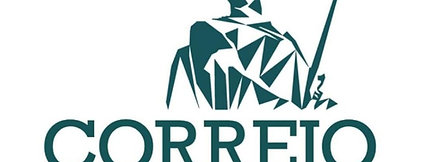Window to the Past: Scientists Discover Prehistoric Insects in 112-Million-Year-Old Amber in Ecuador
- correio_da_historia

- Sep 20
- 1 min read

In the heart of the Ecuadorian Amazon, in Napo Province, a quarry known as Genoveva has revealed a fossilized treasure that sheds light on the biodiversity of the Cretaceous. Scientists have discovered the largest deposit of Mesozoic amber in South America, containing exceptional biological inclusions such as beetles, flies, wasps, ants, and even fragments of spider webs (Expresso).
Studies indicate that the amber was produced by conifers of the Araucariaceae family, in a fluvial-lacustrine and highly humid environment, characteristic of a primitive tropical forest. The preservation of these insects provides a unique glimpse into ecological interactions and the evolution of flowering plants, which were just beginning to diversify and dominate ecosystems at the time (Reuters).
This discovery not only broadens our understanding of Cretaceous fauna and flora but also highlights Ecuador’s importance as a focal point for South American paleontology. The research, published in Communications Earth & Environment, is a milestone in science, revealing a distant and fascinating past that continues to surprise and inspire scientists worldwide.
Paulo Freitas do Amaral
Professor, Historian, and Author





Comments